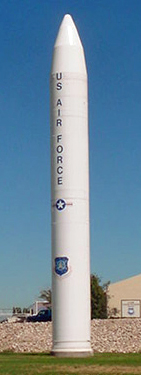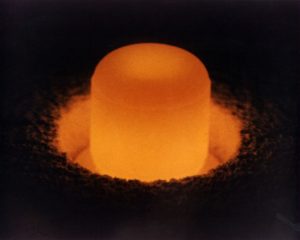Hey, readers--what do you want to know about these emerging industries? I can give you the stuff I find interesting, but I'd like to hear from you!
Been some time since I started my mini look at commercial space industries, but there's so much going on in the news. If I posted every day, I still could not keep up, but for those who are interested in more news than you get here, please check out some of the sites on my LINKS page.
In the meantime, let's talk a little more about SpaceX.
As I mentioned in
my first blog about this company, it was founded in 2002 and in just nine years has created three successful rockets--Falcon 1 and Falcon 9 (so named because it has nine engines) and the Falcon Heavy and is working on a capsule, called the Dragon, that will provide material resupply and later manned missions to the ISS (and other stations as they may appear.) Incidentally, due to the problems with the Soyuz this fall, they will not get to test fly the Dragon to the ISS until at least sometime in December (according to
a schedule updated online on Oct 14), although some
sources are saying it could be January. They are also working on meeting NASA requirements to make the Dragon manned-approved; basically, they want an escape system for the astronauts in case they have to abort after launch.
SpaceX isn't just depending on NASA for its income, of course, They already have contracts with the Air Force and with other companies and nations to provide launch capability--mostly satellites, of course. They are also looking for new ways to push the barrier. the first is looking at reusable rockets, which I
blogged about Oct 7. Of course,t he founder, Elon Musk, says he has grander ideas than even that. He wants to go to Mars--not just to explore and certainly not to plant flags, but to start a viable community--
one he can retire to!
OK. so that's going to take a lot more than a rocket, but getting there is half the battle. (For the record, if Musk succeeds, Rob is going to be at me insufferably to retire to Mars, I can see it coming. He's already got that gleam in his eyes that says, "Making history...living in SPACE...no yardwork... It's ALL GOOD!")
I really enjoyed the article about Musk's retirement plans (which constituted the headline but not the whole article) because it also gave some insight into the working environment. Take a guess: Knowing that SpaceX has created and launched three rockets, one to rival the Saturn Five, which took us to the moon, is farthest ahead in the "race" to send men to the ISS, and is thinking Mars missions...how many people work at this company?
A little over a thousand, mostly at their Hawthorne, CA factory. I'm impressed that a thousand people did what some nations haven't been able to do! Of course, with success, contracts and big dreams, they're growing--check out the jobs list if you want to dream.
I have found a few negatives about SpaceX in the news. Some say it's riding on the force of Elon Musk's personality and fortune (lots of "Tony Stark" imagery there), and that they are biting off more than the company can financially chew--that they are developing technologies there isn't really a market for yet. I have seen that argument applied to the space industry as a whole. They look at the satellite boom-and-bust where in the 90s, it was thought that thousands of satellites would be going into orbit in the next decade in order to support cell phones, but when cell phone towers sprang up instead, many companies that were preparing for those assumed launches died.
I do believe that may happen, especially with some of the companies that depend solely on NASA to get their start or who are not contracting outside customers. It will take more than a few tourists and the ISS to keep a company alive. So far, SpaceX seems to have a good head on its shoulders. While
its launch manifest is heavy on NASA flights, it does have several other customers slated through 2017.
Here's one thing I like about SpaceX--and indeed, about commercial space as opposed to government-controlled space industry: Even though SpaceX is looking at these new technologies and long-long term goals, they are not abandoning their current path, but working both simultaneously. Frankly, they have to--they lack the "luxury" of governments to change their mind with every administration or change budgets, focus, etc.
OK. What more do you want to know about SpaceX--or shall I move on to a new company?

















